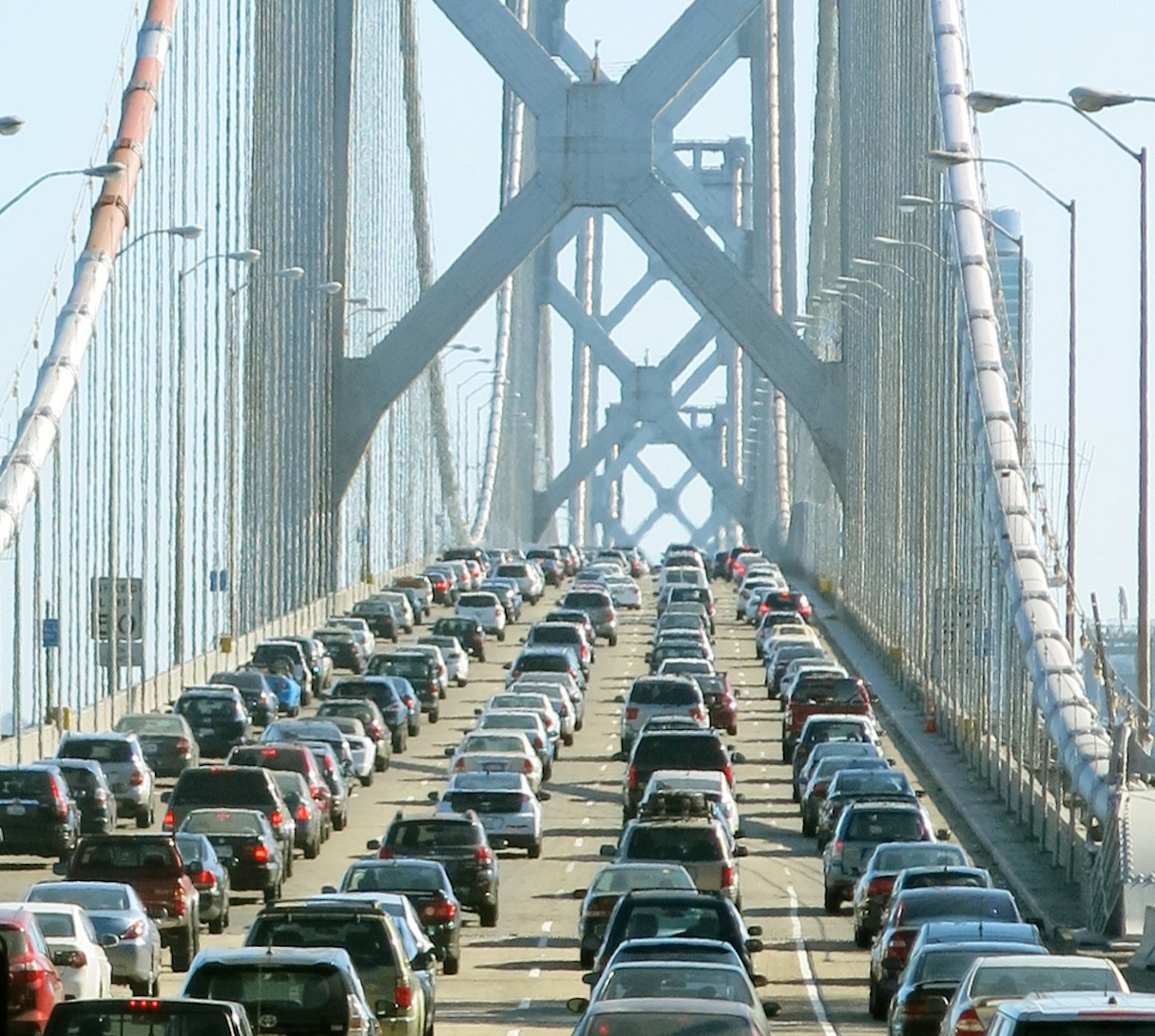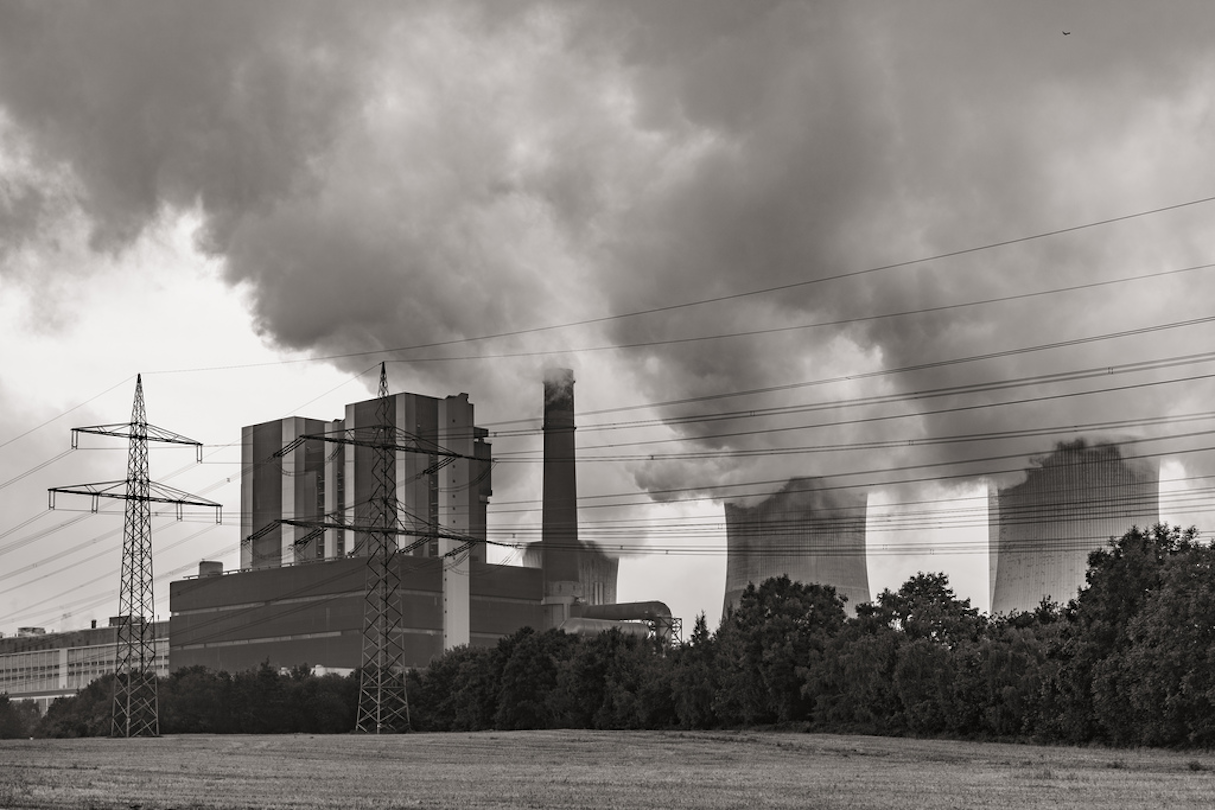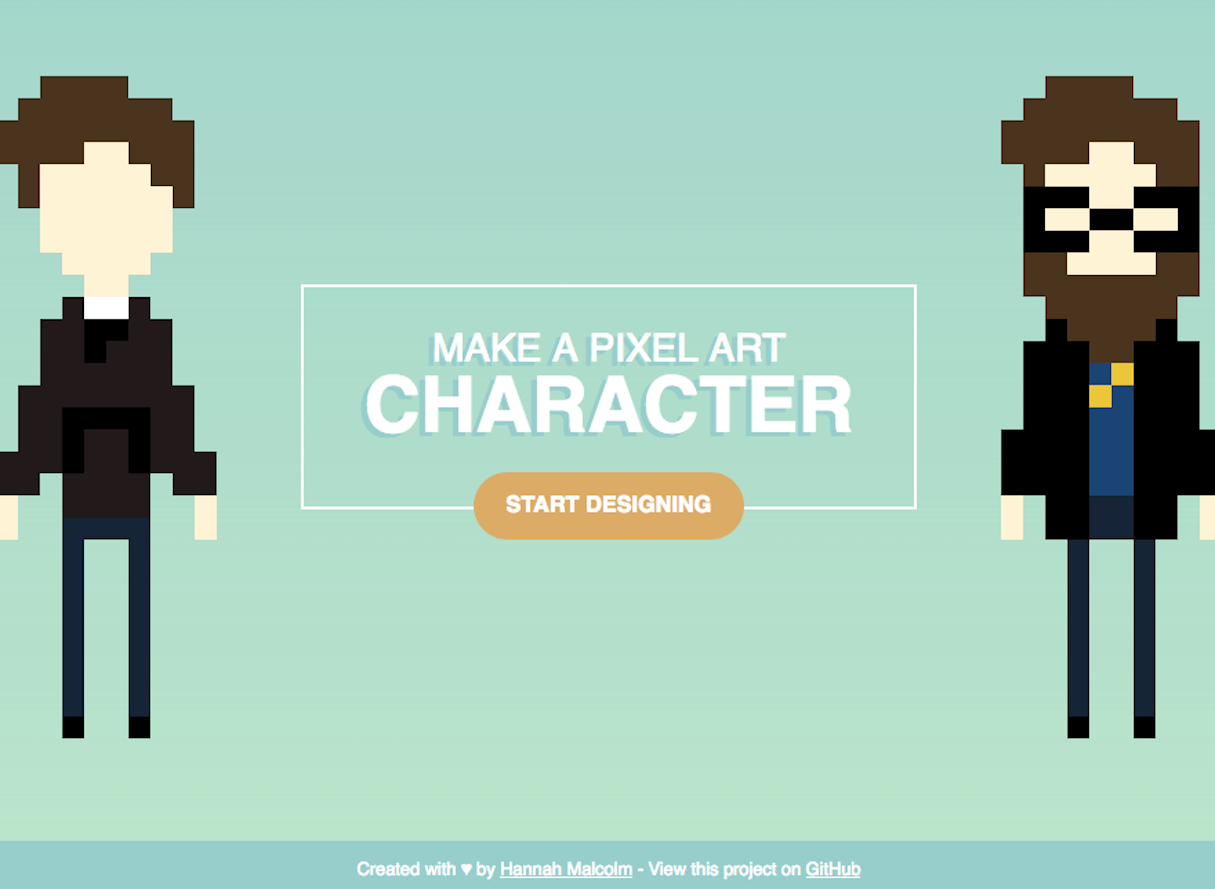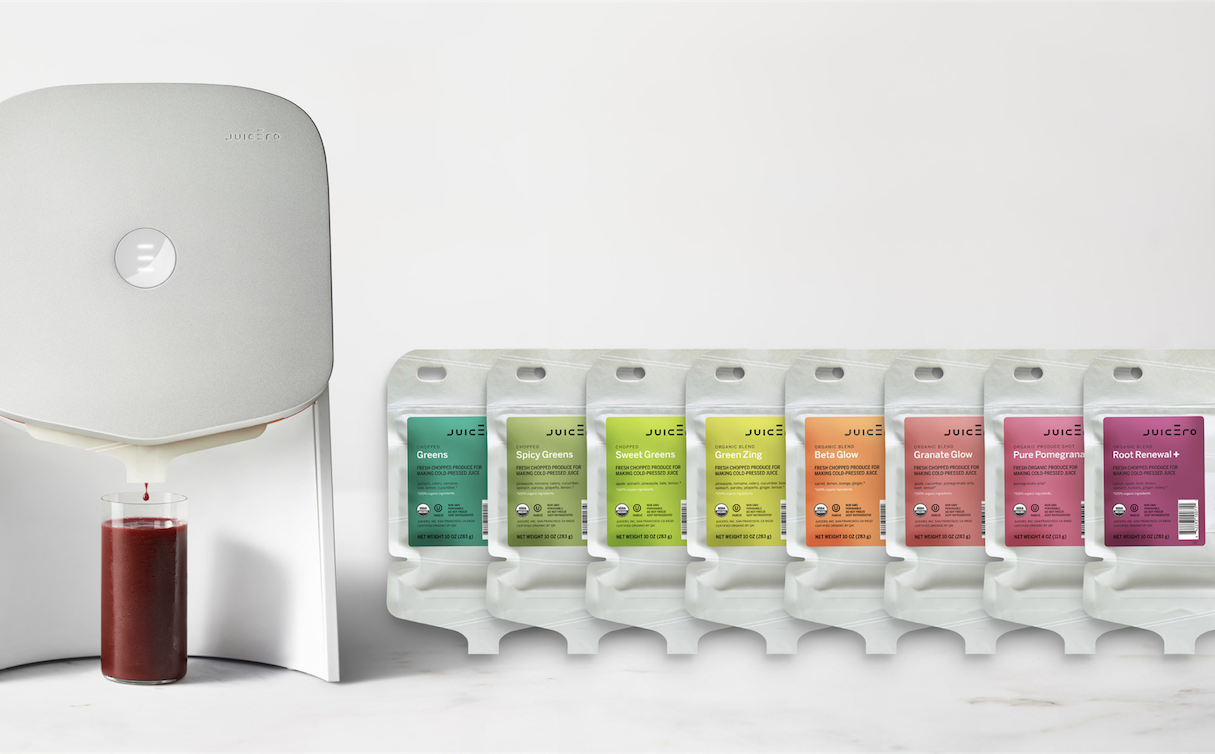The North Pole will be ice-free in about 10 years. Ocean currents are shifting, which threatens Europe with weather chaos. Shifting rainfall and collapsing agriculture drives conflicts around the globe.
All the above are symptoms of the early stages of dramatic climate change, caused by human-made CO2 emissions. It’s a massive problem that requires a societal effort to address, with everyone doing their part. But what about people whose work is entirely virtual—how can a UX designer or web developer make an impact?
Just because our work is often intangible, it’s not without environmental consequences. The internet is a major polluter, and every site or service we produce does some level of harm. But on the other hand, the things we make have a huge potential to help reduce pollution. There has to be a way for designers to deliver environmental positives while reducing the pollution we cause.
There are four main spheres of influence that designers can make the most impact on. Laddering up from local concerns to the global perspective, they are:
Laddering up from local concerns to the global perspective, they are:
- Reducing pollution in our work process
- Understanding internet infrastructure and how design shapes energy use
- Adding sustainable thinking to product design
- Working with human behaviors, beliefs, and attitudes
Every human being on this planet is obligated to do our best to leave this planet in better shape than we found it. Designers don’t get to opt out.
Mike Monteiro, A Designer’s Code of Ethics
In this article, we’ll look at 4 ways that designers can reduce their environmental impact.
1. Start local
Digital design work can have a surprisingly large carbon footprint. From business travel to iPads, Sharpies, and Post-its, it adds up fast. Fortunately, much of it is ripe for reduction.
The sample figures included in this spreadsheet are for a typical US-based agency UX worker, and add up to four tons of CO2 per annum. Simply listing your work-based activities and purchases may suggest some obvious ideas for reduction, whether it’s replacing IT equipment less often, or just switching to black coffee.
The biggest savings are found by reducing travel, which isn’t as easy as cutting back on stationary—after all, clients need to be met, users interviewed, and conferences attended. Fortunately, remote tools are starting to displace a lot of that travel. For example, design-sharing tools like InVision make it easy to carry out reviews remotely and asynchronously. There’s a remote research tool for every taste. Even conceptual workshop activities can be partly replaced (or enhanced) using tools like Mural or Boardthing as a virtual whiteboard.

Individual savings may seem small, but what if everyone did it?
Taking a guesstimate of 900,000 employed UX people in the world and multiplying a savings of three tons of CO2 per year each, we’d collectively save 2.7 million tons of CO2 compared to business as usual. That’s the equivalent to taking an entire coal-fired power-station offline.
Of course, remote work isn’t an option for everyone, and has its own pitfalls and rewards. Mural’s Jim Kalbach explores this more in his 2017 talk, Long Distance Relationships That Work.
You might also like: Tips and Tricks for Managing Remote Employees.
2. Internet infrastructure and you
While we might not be able to stop using the web, we can change how we build and power it, to make it planet friendly as well as user friendly.
Planet Friendly Web Guide
Serving 4.1 billion users, the internet is the biggest machine ever built. And it is voraciously hungry—data takes a surprising amount of energy to store and transmit. Taken as a whole, the internet uses over three percent of global electricity (and it’s growing). Powering the internet burns enough fossil fuels to emit 880 million tons of CO2 a year—about the same as the entire aviation industry.

Not all infrastructure is equally polluting, however, and renewable-powered options are springing up worldwide (you may already be using a green host—check out Ecograder to find out).
If you aren’t already green-hosted, there are plenty of hosting companies that offer a green choice at prices competitive to regular hosting.
Your other option is to host in the cloud. Cloud solutions are generally more environmentally sustainable than traditional data centers. Note, however, that the large cloud providers have differing stances on renewable energy. Google made a commitment to being 100 percent renewable-powered, but it’s only fairly recently that Amazon has started moving in that direction, meaning Amazon Web Services (the largest cloud hosting provider) is still comparatively dirty.
To help you choose, you can compare different cloud solutions by looking at the Clicking Green report from Greenpeace. Their green index also reports on the many third party services that we use to enhance our sites—from video streaming platforms to social media. For instance, when you choose a video provider, you might be interested that YouTube scores an A for sustainability, but Vimeo only a D.
A good place to start a deeper dive into designing a sustainable infrastructure is Chris Adam’s Planet Friendly Web Guide, which he explains in this 2018 talk.
You might also like: Using JQuery Image Zoom and JavaScript Zoom for Product Images on Shopify.
3. Save bytes, reduce CO2
Switching to green internet services doesn’t completely solve the problem of internet-derived CO2 emissions. You might have some control over which data center you use, but once the bits and bytes leave the building, you still have to cross the rest of the internet—a hodge-podge of CDNs, network switches, copper and fiber, LTE towers, home cable and wifi—all the while needing energy to keep the data moving.
Therefore, the next step is to reduce the amount of data your sites and services use. It’s similar to trading in a gas-guzzler for a hybrid—to truly reduce pollution, you have to cut down your mileage, too. Less data = less energy to transmit = less fossil fuels burned.
Unfortunately, “less data” is not the direction we’re headed. The average web page has ballooned from a total size of 500kb in 2011 to over 3MB today—and is headed for 4MB by 2019. A typical modern site might use web fonts, multiple JavaScript libraries, large hi-res images, and videos—all adding to a richer but more data-intensive experience.
Many designers add these features to their designs without considering the impact on page size or site speed. When you are on a fast internet connection, it’s easy to feel like pages are still light and fast even when they are overloaded. It’s the folks on slower connections who feel the slowdown.
But it doesn’t have to be that way. Many businesses are finding the benefits in cutting back the data-intensity of their web presence. Reducing data use tends to speed up sites, with provable benefits to the user experience, translating into metrics businesses care about—lower abandonment, better conversion, and higher user satisfaction.
And a low-data site doesn’t have to mean a poor user experience. For example, the winners of the 10k Apart competition achieved attractive and interactive experiences by using less than 1/300th of the data of an average page.

Ready to trim some data?
For some quick remediation of existing sites, put your URLs into performance measuring tools like PageSpeed, which will suggest improvements that should speed up your site while reducing data overhead (thus saving CO2). Images often make up the largest portion of your sites’ data footprint. Run them through optimization tools like Kraken.io, which will do a far better job than the old “Save for Web” in Photoshop, reducing file size without sacrificing quality.
But prevention is better than cure, and the best approach to avoiding runaway page size in the first place is to use a performance budget. This simply means setting a limit in kilobytes for how much data each of your pages will use, then trading off between site features to keep within that target.
You might also like: Designing for the Next Billion Users.
4. Finding green opportunities in product design
When building products that shape the behavior and daily habits of millions of people, we should be more conscious about how these products affect the environment.
Artiom Dashinsky
Having done what we can to code and supply our services in an environmentally-friendly way, it’s time to turn our attention to where our designs meet our users.
The good news is that generally users are predisposed to be receptive to messages about sustainability. Three-quarters of American consumers are concerned about the environment and would like to protect it—but their day-to-day priorities tends to over-ride that concern. By adding sustainable thinking to our product design, we can (sometimes) give users the opportunity to achieve their green goals while accomplishing their short-term tasks.
There are three basic questions to consider:
- What are we making?
- By using it, will people be helping or hurting the environment?
- If it isn’t helping the environment, can we give the users a way to do what they want in greener, or less harmful, way?

How exactly we add a green component is determined by the type of industry we are serving, and the appetite of the business to embrace green goals. Some sectors have obvious opportunities:
- Any site with a physical shipping can offer slower and greener postage options
- Sites with comparison shopping can encourage users to compare options based on efficiency ratings
- Travel sites can offer an offset against miles traveled
With services that are less tangible, it can be harder to find a way to enable green behavior, but sometimes there are less-obvious opportunities:
- A video-streaming site that lets visitors make a carbon offset against an entire year’s consumption of data (which could add up to hundreds of kilograms of CO2 if they are streaming on mobile)
- A search engine that plants trees every time you search
- Services that have their own end-of-life designed in, so they can be retired gracefully and without producing waste—a topic author Joe Maccloud explores in his 2018 talk, Ends: Improve Off-Boarding and Add Responsibility to Consumption
Getting people to opt in to green choices can be tricky—after all, you are probably asking them to sacrifice some of their money or convenience. Here UX designerscan bring into play a gamut of persuasion techniques to help shape consumer behavior towards the greener option. Our favorite persuasion toolkit is “Design With Intent” from CMYU Professor Dan Lockton—101 simple gambits you can apply to any situation.
For instance, a simple but effective gambit is to make the desired sustainable behavior an “opt-out”—users must consciously choose to pick the more environmentally harmful option (for instance, express shipping), which they might be less likely to do than the reverse.
You might also like: Designing for Conversion: A New Course Series to Level up Your Skills.
Hearts and minds
If UX tactics can nudge users into greener behaviors, can we go even furtherand help change underlying attitudes and beliefs, too?
Jen Briselli’s talk on Meta-Sustainable UX suggests yes—and she presents a toolkit for understanding the gamut of world views and how to shape your design to each, so as to be maximally persuasive to people of very divergent views. Use these techniques to shape your organization’s message in a way that works with people's mental models, instead of against them. In countries with large populations vocally skeptical of climate change, it's a necessary skill.
Being green in design
There are plenty of opportunities for digital producers to get involved in fighting climate change , and our impact can be significant:
, and our impact can be significant:
- Save tons from our personal footprint by embracing remote working methods
- Shift to green hosting and potentially save hundreds of tons of CO2 compared to fossil-powered hosting
- Optimizing design and code saves energy, from the server all the way to the user’s device (across multiple energy-hungry pieces of infrastructure)
- Steering users to greener choices helps them reduce their personal footprint in turn
- Raising awareness and educating users on what they can do can have knock-on effects on the rest of their behavior, even on elections and policy
Ethical design is having a moment. People are agitating for design to be fully inclusive, that our profession face up to its lack of diversity, that designers need to say no to the worst public abuses that we sometimes abet. Others go further and call for licensing design as a profession, and for ethics to be baked into design curricula. Sustainability should be part of that conversation, too.
Read more
- What to Consider When Planning a Website Redesign
- Free Webinar] How to Convert Visitors Through Persuasive Design
- 5 Killer Web Design Trends to Watch in 2016
- Task Modeling User Needs for Ecommerce Design
- When Should You Personalize The Ecommerce Experience?
- 5 Common Digital Content Problems and How to Avoid Them
- Agile Design: An Introduction
- Microinteractions: Tiny Design Decisions, Big User Impact
How do you make your work greener? Let us know in the comments below!

